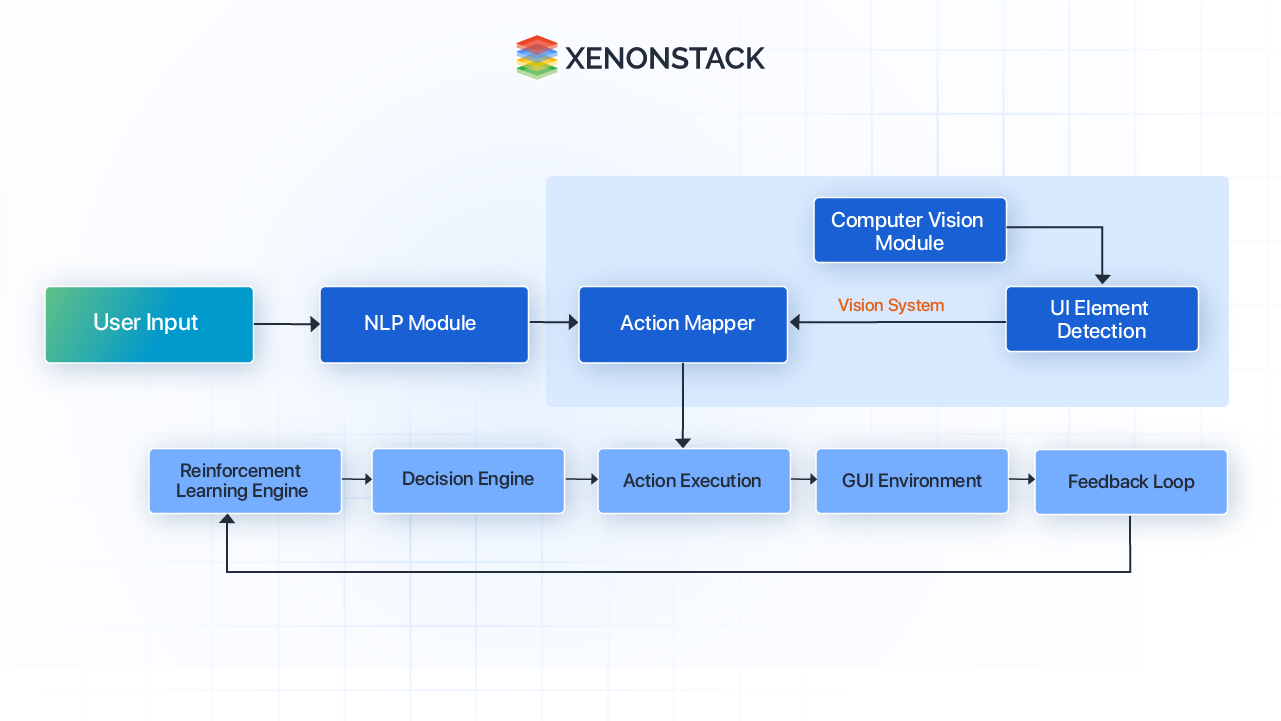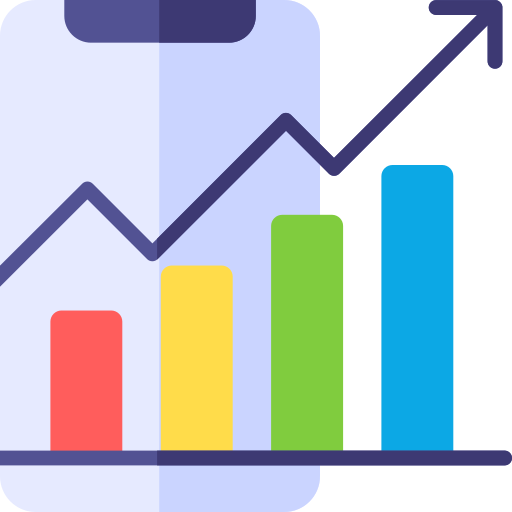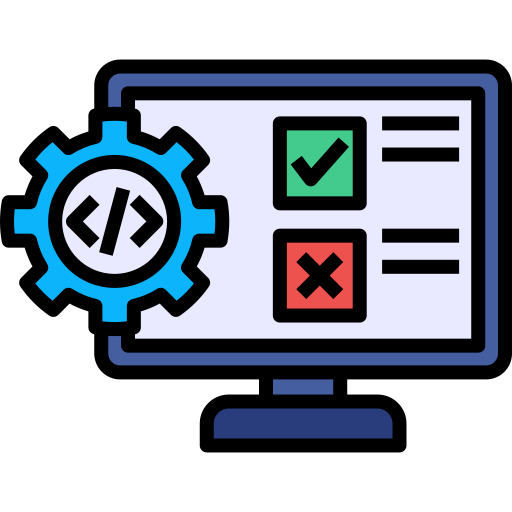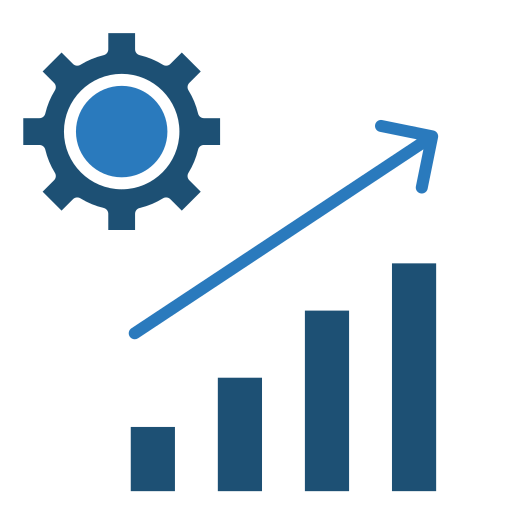In the evolving landscape of artificial intelligence, GUI (Graphical User Interface) Agents have emerged as a transformative leap forward in how humans interact with machines. These agents serve as intelligent intermediaries capable of understanding, interpreting, and executing user commands within graphical environments. This blog aims to dissect the nuances of GUI agents, outlining their architecture, key applications, challenges, and potential future impact.
Introduction to GUI Agents
GUI agents are a subset of CUI/NCUI agents. They are AI-based and work in software interfaces that involve graphical user interfaces. In contrast to text-command or script-based agents, GUI agents interact with applications as end-users do by moving a mouse pointer over the screen, clicking on icons and pull-down menus, entering text, and so on. This means they can automate processes that would require lots of human time.
The Architecture Behind GUI Agents

In other words, the natural workhorse at the heart of GUI agents is a combination of computer vision, NLP, and RL. These systems are generally designed to replicate human-like decision-making when engaging the GUIs. Below, we explore the foundational components:
Computer Vision for UI Element Detection
GUI agents use the script, which employs superior computer vision methods to analyze the visual content in user interfaces. Object detection models analyze and categorize user interface visual elements like buttons, checkboxes, e and text areas within a frame. With the help of advanced procedures, such as YOLO and transformer-based vision architectures, these agents learn to process visual information simultaneously with high effectiveness.
Natural Language Processing for Command Interpretation
One significant parameter of the GUI agents for web-based applications is the capability to interpret the command the user offers in natural language. There are ways in which NLP frameworks allow agents to translate the textual input into some set of actions that can be performed on the UI through the operations call. This conversion is made possible by techniques like transformer-based language models like BERT and GPT, among others, through contextual understanding and mapping of users’ intent to specific UI actions.
Reinforcement Learning for Task Optimization
In the case of GUI, reinforcement learning is very important in training the GUI agents to accomplish the set goals optimally. Through the GUI system environment, the agents' performances are rewarded or punished. In the process, they understand the best sequence of actions to take when accomplishing procedural tasks like filling forms or menus or automating processes. This learning is often promoted by RL algorithms such as Proximal Policy Optimization (PPO) and Deep Networks (DQN).
Key Applications of GUI Agents
GUI agents are reshaping how we approach tasks across multiple industries. Here are some prominent applications:
-
Automated Software Testing
The most effective use of GUI agents is in testing software applications. Such agents can imitate a user’s interactions to thoroughly evaluate applications for their performance, convenience, and stability. We can reduce the amount of human input and increase the rate at which software is being developed without compromising on the quality that needs to be put in.
-
Customer Support Automation
GUI agents are used more frequently in customer support systems, where they interface with help desk software, answer user inquiries, and perform related troubleshooting procedures within the customer support environment. Their capability to perform large native language understanding and pattern recognition duties ensures they are ideal for orchestrating greater customer satisfaction and leaving human agents to resolve only extraordinary cases. -
Workflow Automation in Business Processes
Organizations use GUI agents to coordinate complex procedures with other applications and software tools. For instance, a GUI agent is capable of identifying data that needs to be fed into business intelligence, entering it into ERP systems, and compiling reports on its own; these are time-consuming activities that could usually elicit manual labour.
Comprehensive Use Cases of GUI Agents
GUI agents have broad applications across industries, revolutionizing processes and enhancing productivity. Below are detailed use cases illustrating their versatility:
-
Healthcare Administration
In healthcare settings, GUI agents can streamline administrative tasks such as patient record management, appointment scheduling, and insurance claim processing. Automating data entry and cross-referencing information across multiple platforms, these agents help reduce human error and improve overall efficiency.
-
E-commerce Order Processing
E-commerce companies face significant challenges in managing high volumes of customer orders and inventory updates. GUI agents can automate these processes by interacting with order management systems, updating stock levels, and processing transactions. This reduces the time needed for manual intervention and ensures orders are fulfilled accurately.
-
Human Resources Onboarding
The onboarding process in HR implies document management and updating team member information in several forms. By enabling functions like extracting information from online resumes and forms, entering the HR system, and customizing welcome packets, GUI agents can considerably reduce the onboarding cycle and increase its accuracy.
-
Banking and Financial Services
GUI agents in the banking environment address regular queries, loan applications, and other account-related issues. In carrying out these tasks, banks are better placed to respond more effectively and enable human agents to be more responsive to issues that may prevail in client relations.
-
Data Migration Projects
This is an important data hearing because moving data from the old system to the new system is time-consuming and sometimes comes with a high risk of errors. GUI Agents can help manage data extraction, transformation, and loading (ETL) within GUIs to reduce interruptions and ensure data accuracy.
-
Education Platforms
GUI agents can apply the work of principals and deans by identifying courses, students, and grading systems and handling the timetable for students and teachers. This helps to provide teachers with more time to teach, specifically with less interruption from administrative work.
-
Retail and Inventory Management
GUI agents are used by retailers to control stock in near real-time data. Agents communicate with point-of-sale systems and inventory databases to guarantee that stock replenishment orders are entered automatically once stock levels reach their set point, increasing inventory accuracy and enhancing customer satisfaction.
Key Statistics on GUI Agents

Market Potential
The global RPA (Robotic Process Automation) market, closely tied to GUI agent growth, was valued at $1.89 billion in 2021 and is expected to reach $13.74 billion by 2028

Software Testing Impact
Automated GUI agents reduce testing time by up to 70% and cut software development costs by 30-40%, making them valuable in agile environments

Workplace Automation
By 2025, it’s estimated that 60% of large organizations will deploy GUI agents to automate workflows across departments like HR, customer support, finance (Gartner)

Productivity Boost
Studies show that GUI agents improve task completion speed by up to 50% for repetitive data entry and processing tasks, saving significant labour hours across industries
Challenges in Developing GUI Agents

Fig 2: Training Workflow of GUI Agents
Despite their potential, developing robust GUI agents presents several challenges:
- Variability of GUI Layouts
GUI agents’ greatest challenge is the ability to select and work with different forms of GUIs and layouts. What makes GUIs less scriptable than command-line interfaces is that responses to scripting calls can be vastly different from one application to another and from one version of a given application to another. This requires that agents be trained on various datasets that include a very wide scope of UI scenarios.
-
Dynamic Content and Changing States
GUIs may often contain content that updates regularly; this can be a loading dial, a notification area, or a text box that changes throughout the program’s use. These changes should be detected and interpreted by agents, so they require higher-level tools to do so and not make mistakes. Temporality can be combined with agents to improve its construction through a process such as Long Short-Term Memory (LSTM) networks. -
Safety and Security Concerns
The use of automation tasks in graphical environments poses new security concerns. It is important to observe that GUI agents with a significant amount of autonomy need to be controlled because their actions may adversely affect information consistency or confidentiality. Such risks are possible, and eradicating them requires the establishment of strong validation protocols and security access controls. -
Scalability and Generalization
For GUI agents, scalability is difficult to achieve. In the case of an application with a bound agent, if this same agent is moved to a different application, it will not be as effective as it was in the previous application without more training. Future work in transfer learning and meta-learning opens the possibility of an association agent permitting learned adaptability across various GUI settings.
Future Prospects of GUI Agents
The potential of GUI agents extends far beyond current applications. As machine learning and AI technologies advance, the next generation of GUI agents is poised to become more adaptive and context-aware, paving the way for even more intuitive human-computer interactions.
-
Enhanced Multimodal Integration
GUI agents of the future will probably use multimodal AI, which works with text, graphics, images, and sound as the context. This allows an agent to operate in areas that may involve different forms of data, resulting in more realistic interactions. -
Integration with Emerging Technologies
Integrating GUI agents with augmented reality (AR) and virtual reality (VR) is possible. GUI agents help users in the VR environment, like navigating a virtual work environment. AR-based agents help technicians in real-time by interacting with the diagrams on the screen. -
Adaptive Learning and Personalization
Three adaptive learning capabilities will be incorporated to allow GUI agents to operate in a way that accommodates users' preferences and historical experiences. Such approaches can help to increase agents’ productivity because they receive information on the user’s needs and adapt their work strategies.
Final Thoughts
GUI agents are creating new platforms for human-computer interaction. They are an example of evolution towards greater automation and intelligent task control. These agents, built by integrating computer vision advanced technologies, NLP, and reinforcement learning, can achieve multitudes of operations similar to human interface interaction. Constant evaluation and innovation present further possibilities, notwithstanding the four challenges: flexibility, expandability, and security.
- Read More about Data Privacy with Agentic AI
.webp?width=1921&height=622&name=usecase-banner%20(1).webp)




